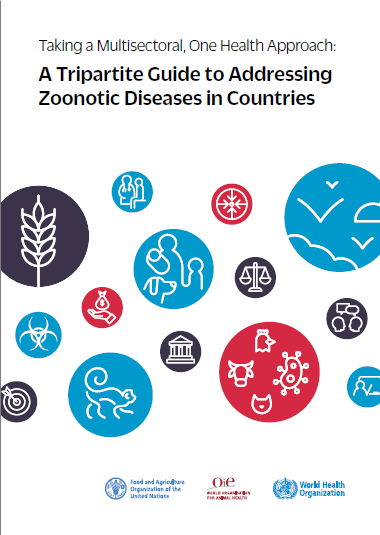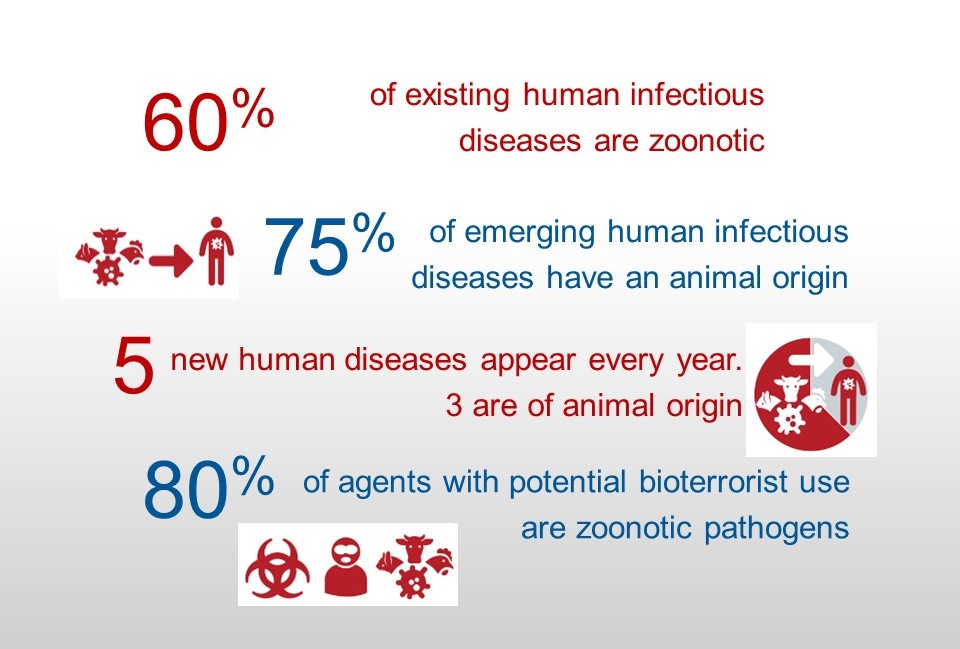
The One Health concept recognizes that the health of humans, animals and ecosystems are interconnected. It is more of an approach than a new concept. Although the term “One Health” was recently coined, the concept related to it has long been recognised both nationally and globally. Since the 18th century, researchers had observed relationships between the disease processes of animals and humans, despite which the two medicines were practiced separately until the 20th century. Antimicrobial resistance, emerging infectious diseases, foodborne zoonosis, all must be addressed under the One Health umbrella.
Putting this “One Health” initiative into practice has been facilitated by a tripartite formal alliance between World Health Organization (WHO), Food and Agriculture Organization of the United Nations (FAO) and World Organisation for Animal Health (WOAH). In 2010, the three Organisations have clarified their reciprocal responsibilities and their objectives in the prevention and control of health risks at the human-animal-ecosystems interface. In 2017, a tripartite commitment reaffirms the way forward to provide multi-sectoral, collaborative leadership in addressing health challenges.
One Health is rapidly becoming an international movement based on cross-sectoral collaborations and formally endorsed by the most important world organisations. This concept involves applying a coordinated, collaborative, multidisciplinary and cross-sectoral approach to address potential or existing risks that originate at the environment-animal-human-ecosystems interface. Regardless of which of the many definitions of One Health is used, the common theme is collaboration across sectors that have a direct or indirect impact on health, involving thinking and working across silos and optimizing resources and efforts. To improve the effectiveness of the One Health approach, establishing a better sectoral balance among existing groups and networks is essential, especially between veterinarians and physicians. It also includes to increase the participation of environmental and wildlife health practitioners, as well as social scientists, architects, policy makers and experts in sustainability.
Controlling zoonotic pathogens at their animal source is the most effective and economic way of protecting people. Consequently, global strategies to prevent and control pathogens must be developed if we are to protect public health. These should be coordinated at the human-animal-ecosystems interface and applied at the national, regional and global levels, through the implementation of appropriate policies.
In Europe, WHO and WOAH offices, working closely with the competent authorities, identified, among the numerous zoonosis, priority diseases of paramount importance for human and animal health. All of them are spread worldwide, with high economic and public health impacts, and may benefit with a multi-sectoral collaboration in Member Countries.
Access here to resources and information on activities in Europe for zoonoses of main importance in the region.



